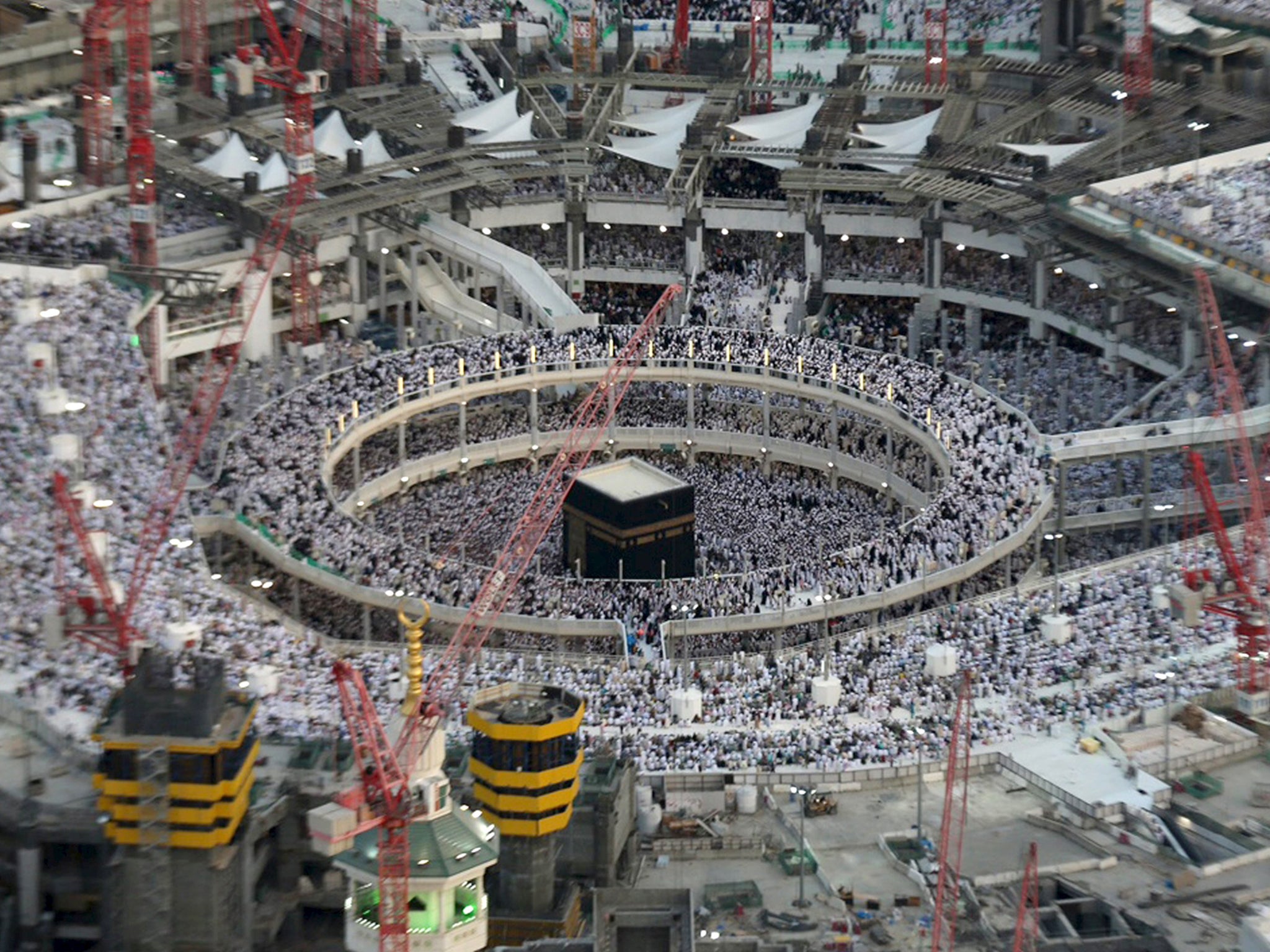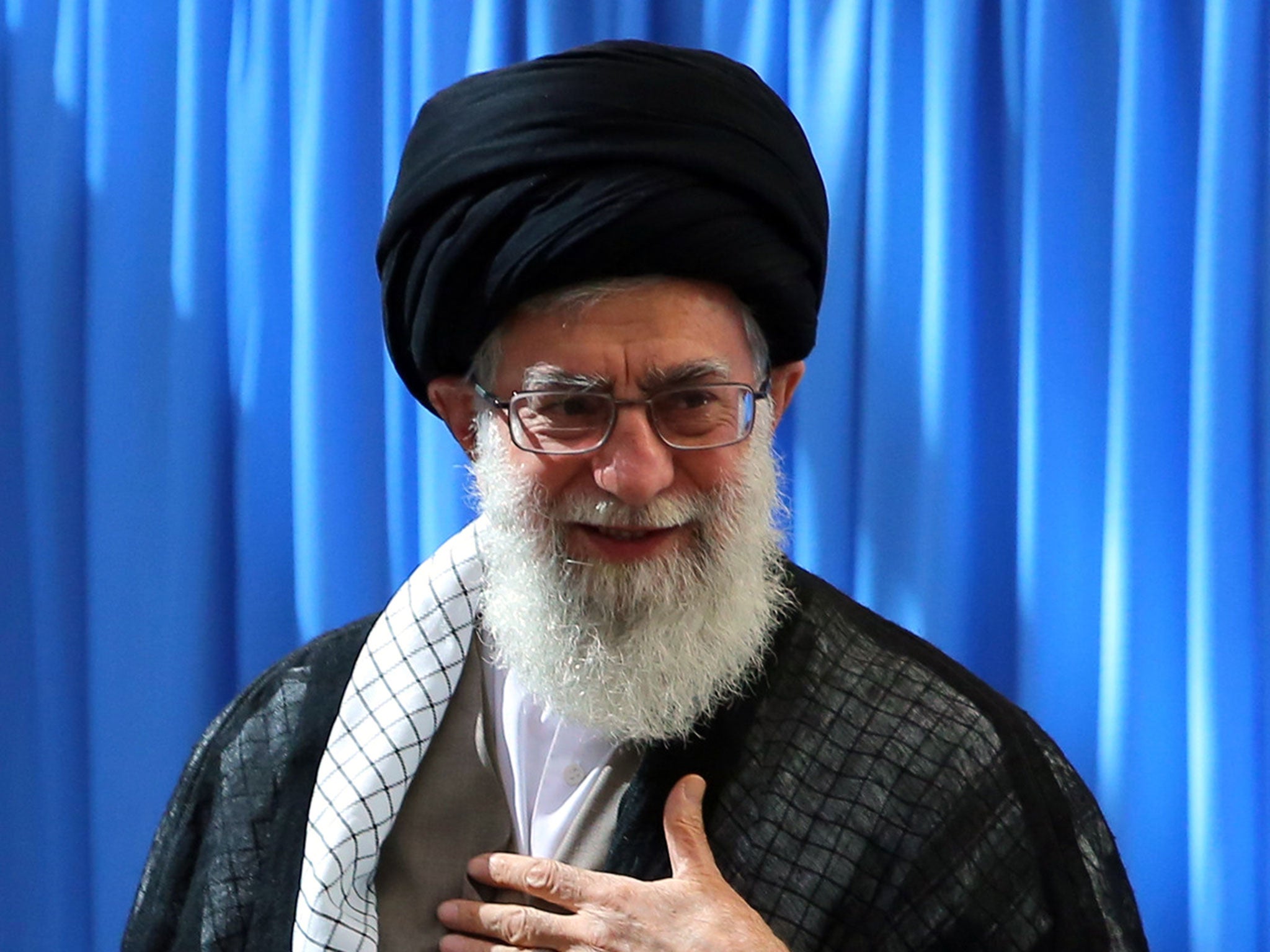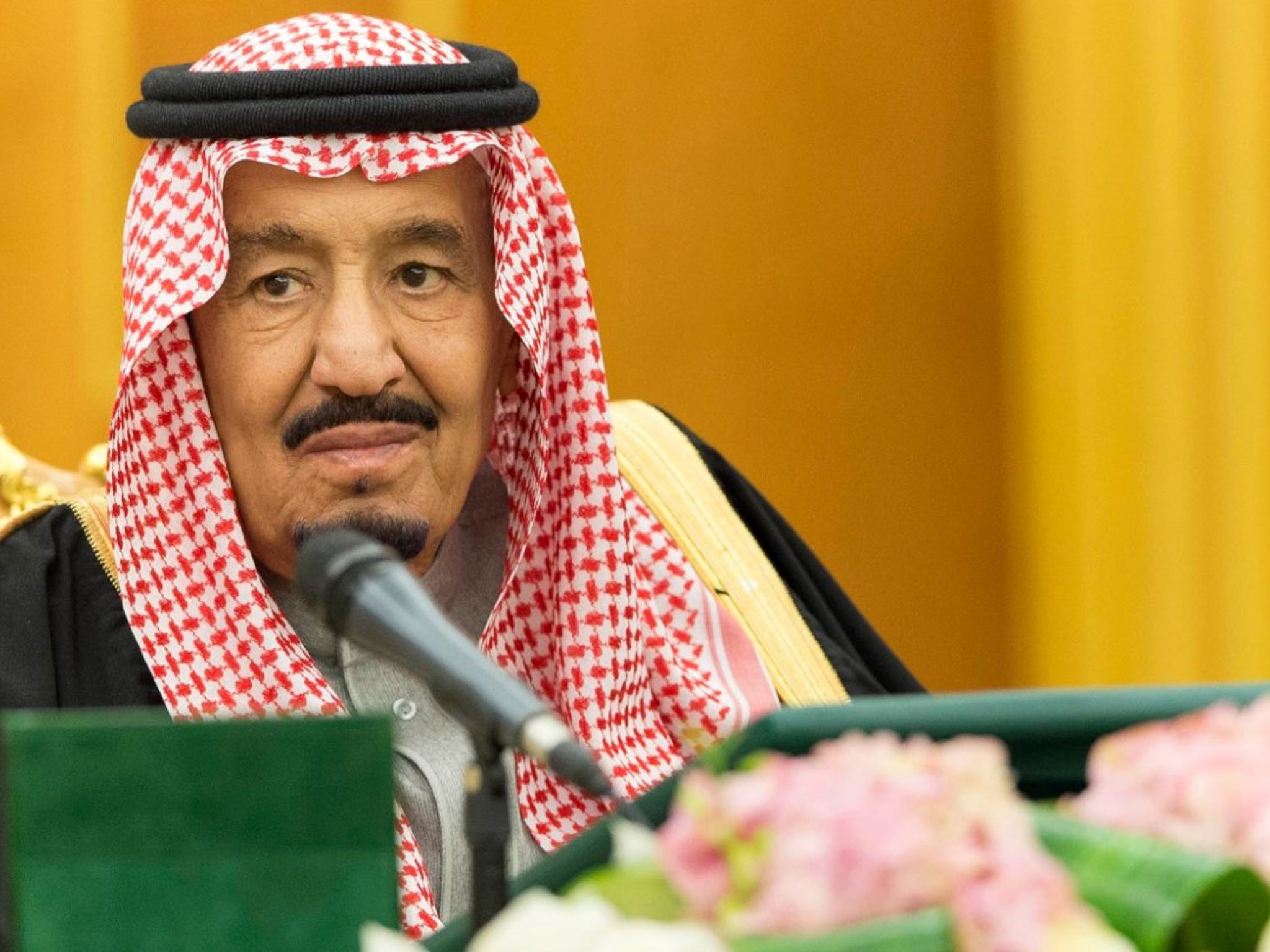Sunni and Shia muslims: Islam's 1,400-year-old divide explained
The divisions date back to the years immediately after the Prophet Mohammed’s death

Tensions between Saudi Arabia and Iran fundamentally boil down to two things – the battle to be the dominant nation in the Middle East and the fact the countries represent the regional strongholds of two rival branches of Islam.
The Kingdom of Saudi Arabia is ruled by a Sunni monarchy known as the House of Saud, with 90 per cent of the population adherents of their leaders’ faith. The Islamic Republic of Iran, meanwhile, is overwhelmingly Shia, with up to 95 per cent of nationals belonging to the denomination.
Both countries are major oil producers but while Saudi covers a significantly larger land mass, Iran’s population is more than twice the size.
It is the theological divide that really drives the wedge between the two countries, however, with each unable to accept the legitimacy of the other nation’s dominant faith.

What caused the Sunni-Shia divide?
The Sunni-Shia conflict is 1,400 years in the making, dating back to the years immediately after the Prophet Mohammed’s death in 632.
The Prophet died without having appointed a successor leading to a massive split over the future of the rapidly growing religion – chiefly whether the religion’s next leader should be chosen by a kind of democratic consensus, or whether only Mohammed’s blood relations should reign.
The arguments are complicated but essentially boil down to the fact that Sunni’s believe the Prophets’ trusted friend and advisor Abu Bakr was the first rightful leader of Muslims or “caliph”, while Shias believe that Mohammed’s cousin and son-in-law Ali was chosen by Allah to hold the title.
Both men did eventually hold the title – Abu Bakr first until his death, and Ali fourth after two previous caliphs were assassinated – but the schism really hit over who should come next. While Sunni Muslims argue that their interpretation of Islam follows the Sunnah (ways of Mohammed), Shias argue that Ali was the rightful first caliph and only his descendants could claim to be the true leaders of Muslims.
The tension is not eased by a Hadith in which the Prophet was quoted as saying: “My Ummah (community) will be fragmented into seventy-three sects and all of them will be in the Hell fire except one.” Inevitably both Sunnis and Shias claim to be the one “pure” Islamic sect.

What does each group believe?
As with any division that lasts over a thousand years, the Sunni-Shia split led to each denomination developing its own unique cultures, doctrines and schools of thought.
While followers of either group range from the moderate to the extremist, Sunnis are largely focussed on the power of the God in the physical world, while Shias look more towards the rewards of the afterlife and as such place significant value in the celebration of martyrdom.

What is the geographical split of Sunnis and Shias?
The vast majority of the Muslims in the world are Sunni, amounting to as much as 85% of the religion’s adherents. They are spread all over the globe – from Morocco to Indonesia - and make up the dominant religion in North Africa and the Middle East.
Only lran, Iraq, Azerbaijan and Bahrain have a Shia majority, although there are also significant Shia populations in Yemen, Lebanon, Kuwait, Syria and Qatar.
Despite being members of the religious minority, the Saudi-backed Kingdom of Bahrain has long been ruled by the Sunni House of Khalifa. Equally Iraq was ruled by the Sunni Saddam Hussein for more than 20 years, during which time he brutally oppressed Shia Muslims.
The current conflict in Iraq is fuelled by sectarian rivalries too, which embattled President Bashar al-Assad and his family members of the Shia Alawite-sect, while many of the insurgent groups in his country – including the Islamic State terror group – are Sunni adherents.
And of course the current civil war in Yemen has become a sectarian proxy war, with Iran backing the Shia Houthi rebels who overthrew the country’s Sunni-dominated government, while a Saudi-led coalition has since intervened to reinstall the Sunni leadership.
Join our commenting forum
Join thought-provoking conversations, follow other Independent readers and see their replies
Comments
Bookmark popover
Removed from bookmarks